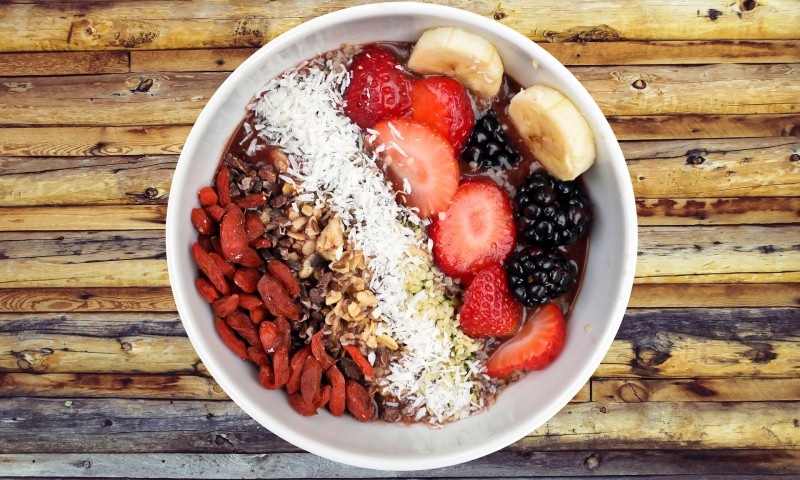You hear about it all the time in health food commercials and from grocery store packaging. It’s in almost every guide and tip list for health and wellness, but what is fiber all about? Studies have shown that fiber can help with weight-loss while improving your health, so it’s an important nutritional building block. Let’s start with the basics.
What is Fiber?
First, let’s talk about what fiber is. Fiber is a carbohydrate found in fruit, vegetables and whole grains and passes through your system without being fully digested.
There are two different types:
- Soluble fiber
- Insoluble fiber
Both of these types have a place in your diet. The soluble kind is able to swell and hold water, and it has been found to reduce your LDL (bad) cholesterol and reduce your risk of developing heart disease. This type also helps with satiety (keeping you full for a longer period of time) and is found in foods such as oats. The insoluble kind adds bulk to food and helps with regular bowel movements. It is also associated with a decreased risk of developing cardiovascular disease and is found mostly in wheat, rice and rye.
Fiber and Weight-loss: What’s the Relationship?
There is another benefit to eating fiber-rich foods. Eating fiber-rich foods can help with weight-loss! One study in the Annals of International Medicine has shown that increasing your fiber consumption can also increase your weight-loss. In this study, increasing fiber consumption to 30 grams per day without making additional diet changes can lead to almost as much weight-loss as those who followed a structured diet.
Say what?? This sure doesn’t mean that you can eat whatever you want while loading up on fiber, but it does show this nutritional component’s potential for weight-loss and how it can be one tool to your success.
Fiber Fun Facts:
- The fiber recommendation for Americans is 25-30 grams per day. How much do most Americans get? Try 15 grams. It’s time to boost that number.
- Foods that are rich with this important nutritional building block include whole grains, fruits and vegetables. To get your 25-30 grams, here are a few high-fiber foods below.
1 cup Raspberries = 8 grams Apple with skin = 4.4 grams
1 cup Strawberries = 3 grams 3/4 cup Bran Flakes = 5.5 grams
1 cup Brown Rice = 3.5 grams 1 cup Black Beans = 10.4 grams
1 cup Brussels Sprouts = 4.1 grams 1 cup Green Peas = 8.8 grams
- Eating high-fiber foods results in just plain good nutrition! Loading up on vegetables, fruits, beans and legumes leaves little room for processed high-calorie foods.
- When you are moving to a high-fiber diet, do so gradually and give your body time to adjust. Add an extra food in slowly every day so your digestive system can adapt.
Here’s to big changes, healthy eating and good nutrition!
Sarah Muntel, RD, is the Bariatric Coordinator at Community Bariatric Surgeons in Indianapolis, IN. She has 15 years of experience working with bariatric patients and loves to watch people as they change their lives and improve their health. Her favorite part of her job is her weekly support group. In her free time, Sarah enjoys spending time with her husband and three children.







